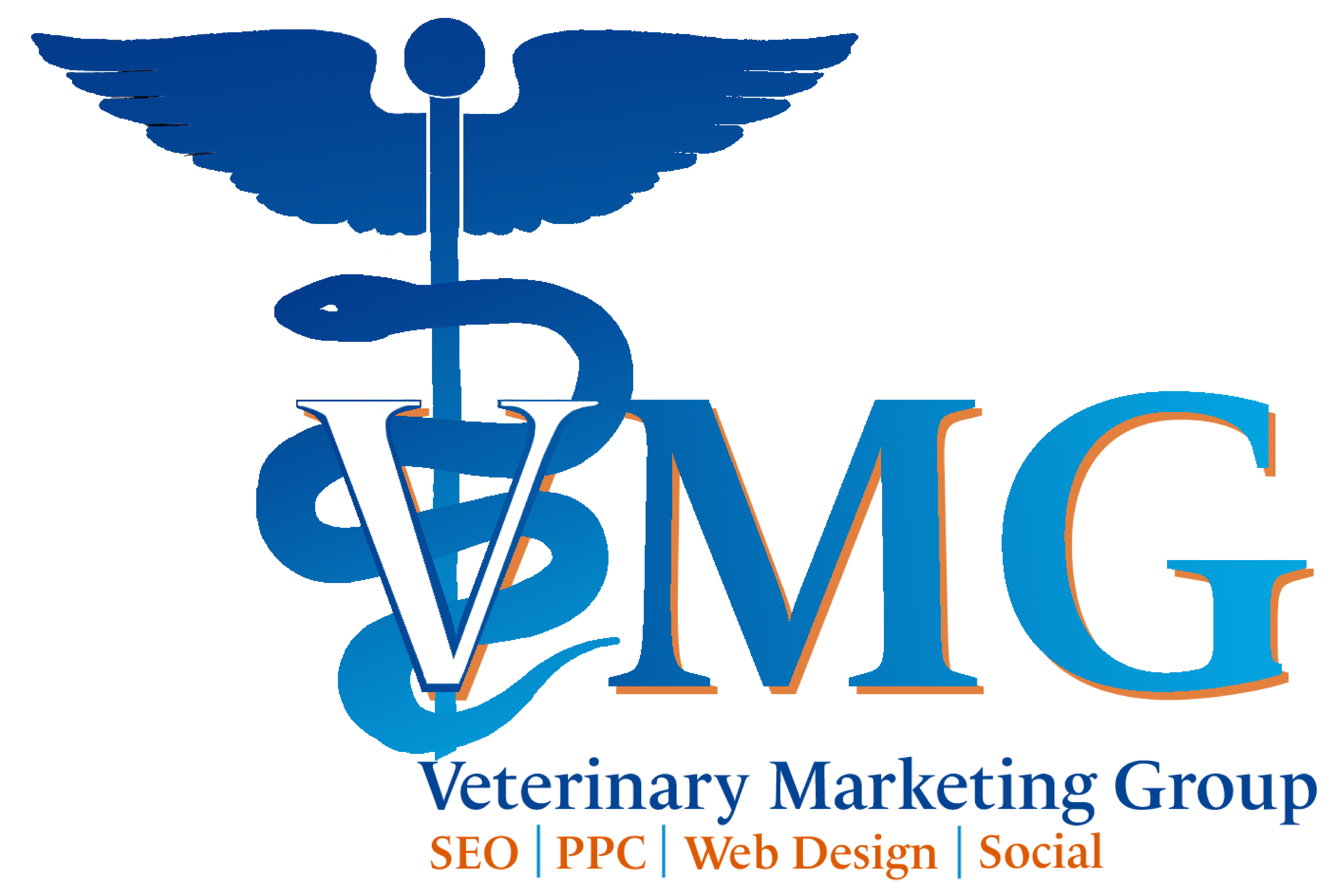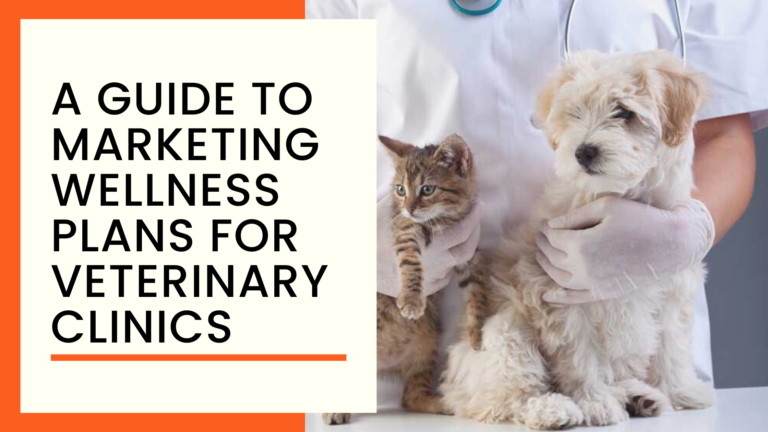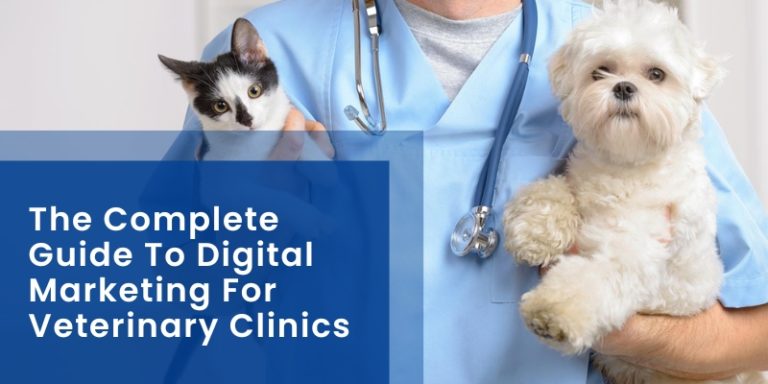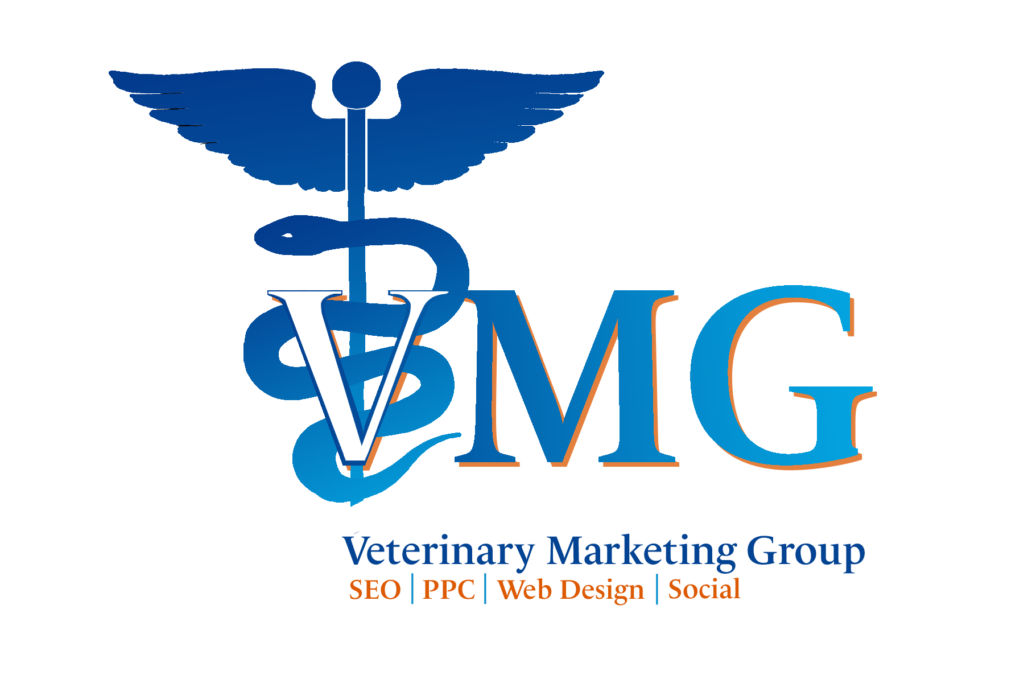Whether you’re selling ice to Eskimos or running a veterinary practice, Pay-per-click (PPC) advertising remains a super effective tool when it comes to bringing in more leads.
But Pay-Per-Click ads can be daunting at first. And that is why we’ve compiled this step-by-step guide to give you a smooth start whether this is your first rodeo, or you haven’t been getting great results.
Table of Contents
ToggleLet’s get into some details.
What is Veterinary Pay-Per-Click (PPC Ads)?
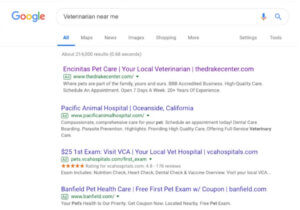
This is an online advertising tool that can maximize web traffic and conversions as visitors throng to your website. With this in place, you can boost your SEO efforts amongst other marketing efforts for measurable, faster results.
How does this work? PPC advertising means Google, Yahoo, and their competitors get paid to ensure your clinic appears right on top of search results. In other words, it allows you to display ads at the top of search engines where you can be found by potential customers searching for veterinary services in your area.
It doesn’t end there! While you get hot leads in this mix, there’s still so much more that integrating PPC for vet clinics can do for you. They are:
- Attract new patients locally
- Reach your target audience effectively
- Boost conversion rates
- Increase awareness about your brand
- Launch custom ad campaigns
- Get Quick results
Veterinary PPC marketing can have more pet owners bringing their furry babies to your clinic!
There’s more to the strategies involved in veterinary PPC. And for the good stuff, I’m going to do a simple but concise breakdown of what you need to know to ace your veterinary PPC advertising.
1. KEYWORDS
And not just any keyword. You need the right keywords. Just as the right ones can shoot your veterinarian PPC campaigns to the moon, the wrong ones can send you plunging.
Think of them as the bread and butter of any campaign, giving more flavor to your targeted ads.
In veterinarian PPC, one important tip to note is creating keyword banks in order of current ranking, difficulty and volume. Examples of relevant keywords in PPC for vet clinics are:
- veterinarians near me
- Animal Hospital
- dog doctor
- veterinary care
- Pet hospital
- Emergency vet
- and so on.
Complement your keyword research with a PPC tool and you have an unstoppable strategy on your hands. Some tools to optimize your marketing campaign with are Google Analytics, Ahrefs, Jaxxy, and Moz.
Other keywords tips to leverage are:
- Moderate keyword use: Stuffing your ad with keywords results in stunted conversions. A more reasonable approach guarantees that your clients end up on your landing page.
- Update keyword bank: Why should you do this? To make sure every single move in your marketing strategy is on target. Performance differs every month for any business. Your keyword list needs to be updated every month to suit these changes.
Check out the competition: What Google ads are your rivals implementing? Do your research to help your campaign break ranks.
2. Click-Through Rate
One of the beauties of PPC ads is that it gives vet clinics the ability to maximize their PPC efforts by allowing them to keep track of ad results and measure ROI.
The success of your PPC ads is determined by click-through rates (CTR). What is CTR? This refers to the number of clicks every ad gets, divided by how many times your ad is displayed.
With CTR in place, you get a vivid idea of how every campaign gets those patient conversions. Your ad is useful and easy to find if your click-through rate is high.
3. Landing Page
You don’t need just any landing page, you need a good landing page. Your landing page should make taking desired action smooth and stress-free for potential patients.
While you have your ad out there, you need a landing page to provide more information that is relevant to your offer or you have an incomplete PPC ad campaign.
Every line of copy on your PPC ad should reflect on your landing page. This is what I mean…
If your advertisement copy announces a service or offering, your landing page should give more information about that service.
Generally, making calls to action easy for your clients whether that is booking a Free appointment, or taking advantage of a first-time patient coupon goes a long way to increasing conversions.
4. Trackable metrics
CTR is not the only thing to monitor when running PPC campaigns. Other factors are cost per click, impressions, and conversions. No idea what they mean? Don’t worry, I’ll explain.
Cost per click (CPC) is the amount you pay search engines like Bing, Google, and so on for clicks on your ad. Revenue is then tracked based on the returns of your ad.
Impressions on the other hand refer to the number of times your ad shows up on a search result page. This helps you to know how many people viewed your ad.
Conversion tells you the number of people interacting with your ad, that is, taking action like clicking your CTA to book an appointment.
With metrics like this, you get a very concise picture of the traction your budget is making.
This way, you know what is working and what isn’t. Remember that your practice’s performance changes every month. Hence, the need for improving every campaign.
5. Custom Audience
Besides keywords, Google Ads brings some extra perks to the table and this is custom audiences. These allow you to reach a demographic of your choosing. And you can create a custom audience by selecting specific characteristics such as:
- Gender
- Occupation
- Location
- Age
This customization can be based on regularly observed features among your clients.
6. Negative Keywords
Remember how keywords make or break your campaign? Well, they break your campaign when your ads appear in places they shouldn’t. By using negative keywords, you can guarantee that your PPC campaigns are excluded from popping up under certain search terms. This allows you to focus on essential keywords.
The secret to using negative keywords is to keep them at a moderate level or you just might end up reaching fewer people due to excessive use of negative keywords.
In PPC marketing, some customers will enter general terms when looking for something online. You risk the potential of reaching them if you go heavy on the negative keywords.
Effective ads shouldn’t make you lose leads. This is why a balance must be achieved with how much you use your negative keywords.
7. Ad Extensions
A lot of PPC ads display meta descriptions, title tags, and links in search results, but Google Ads does it better with ad extensions which allow you to show extra elements such as an address, website page links, contact information, and so on.
Why are ad extensions such a valuable tool? The answer is simple. Some folks aren’t interested in your ad at first glance. No, the main body of your ad doesn’t grab their attention and they don’t want to click on the link you inserted that takes them to your “Book Now” page.
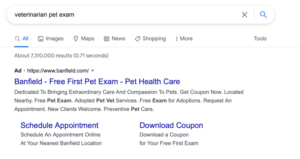
Ad extensions provide them with several options that could suit what they are looking for at the moment. It could be your “About” page or something else entirely. But not having extensions in your PPC ads makes it easier for them to walk away from your offer.
Level Up Your PPC Campaigns With VMG’s Veterinary PPC Advertising Services
Running your practice is challenging enough, let the Veterinary Marketing Group help you worry less about bringing in more qualified patients for your practice.
Our veterinary PPC services are designed to help you grab a large share of local searches for veterinary-related services in your area. You’ll get help with all the tips we have looked at above from keyword research to landing page design, and ad optimization.
Contact us today to get started by giving us a call at (973) 949-0299 or submitting an online form.
